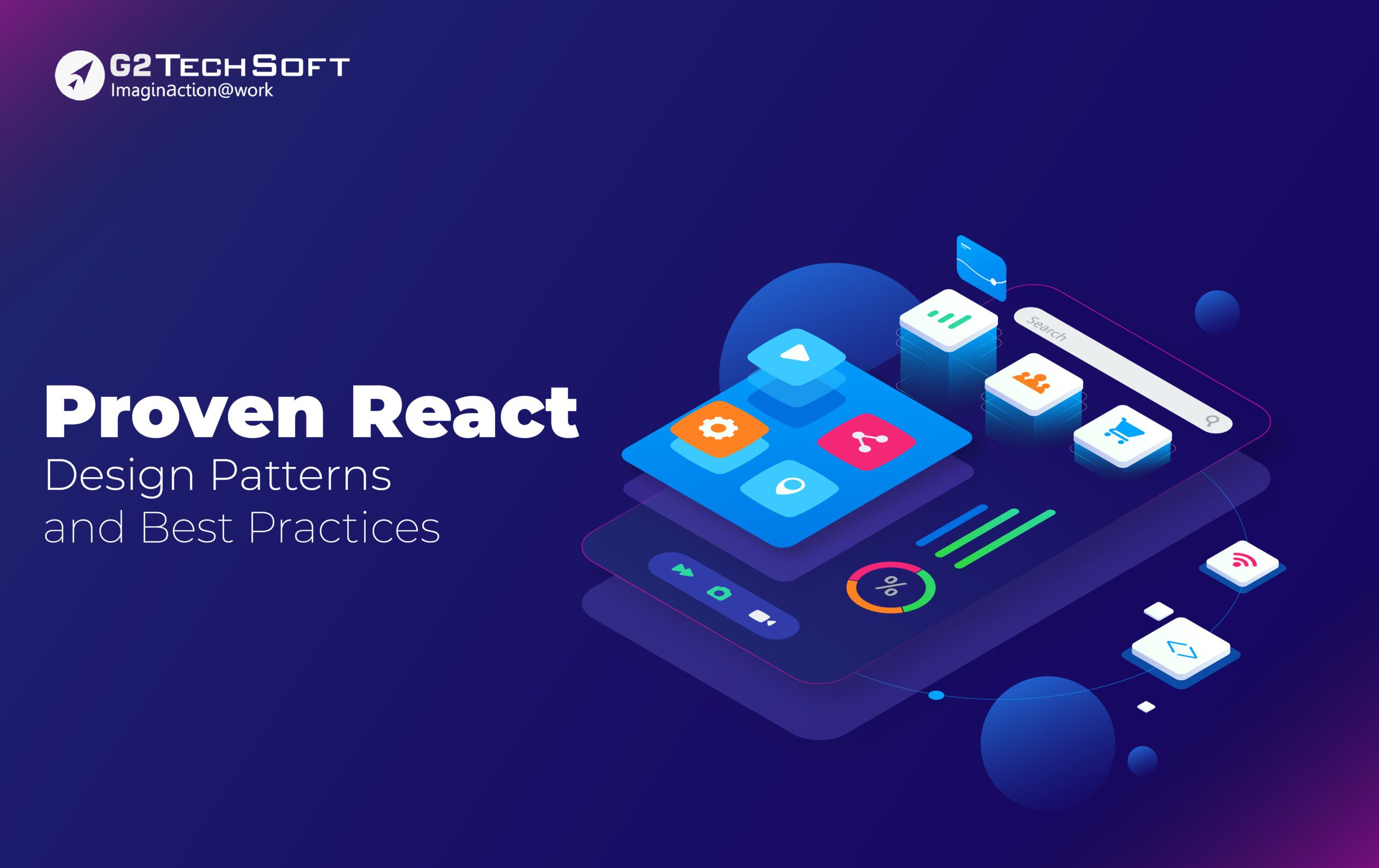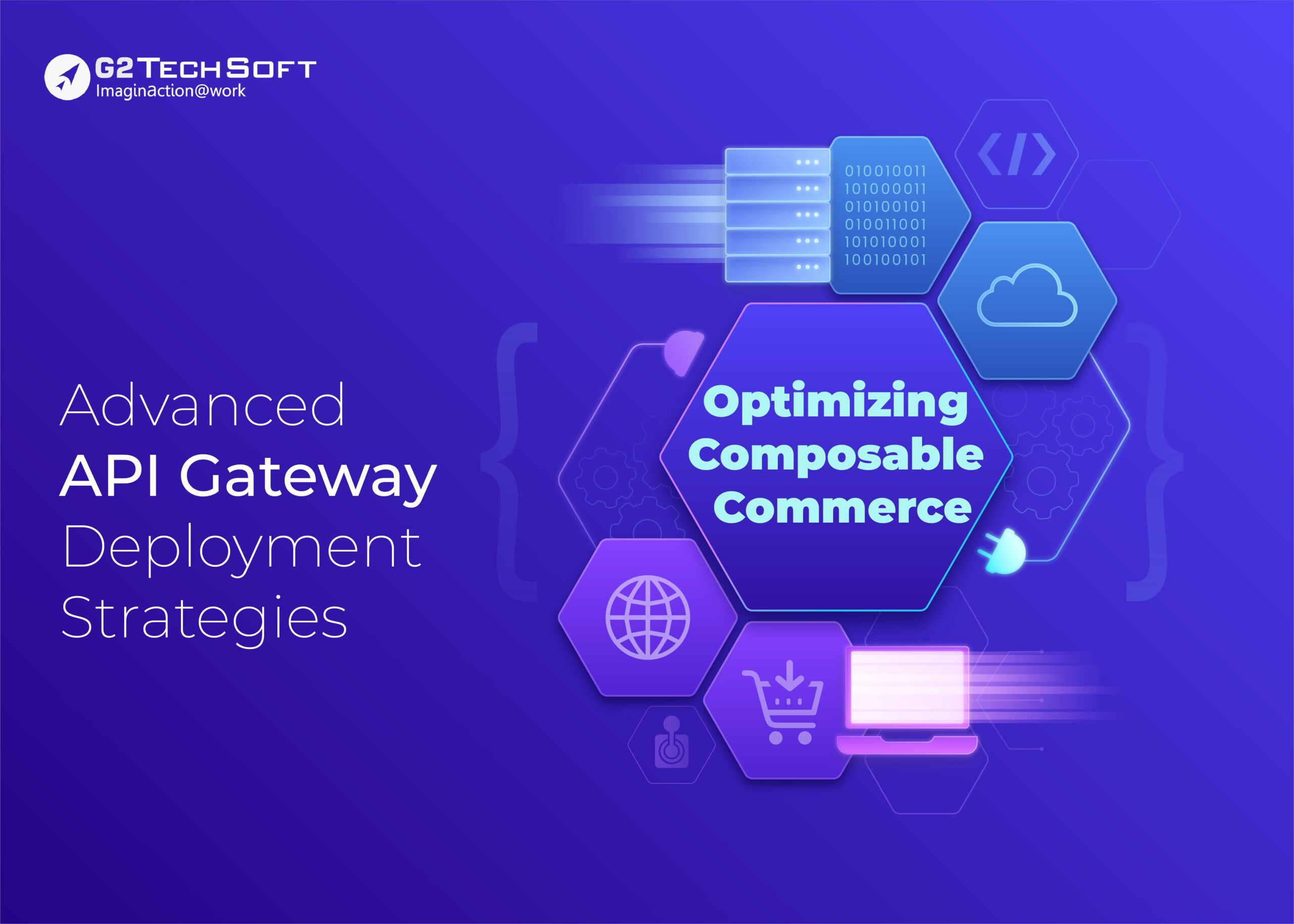
The Power of User Testing: Unlocking Insights and Success
The Hidden Key to Business Success: Unveiling the Significance of User Testing
When developing an app or designing a website, obtaining positive reviews in the App Store and ensuring a seamless user experience is crucial. While you may believe you have addressed all design flaws, without user feedback, you cannot truly comprehend how people utilize and perceive your creation. As stated by TED.com’s UX Architect Michael McWatters, instead of investing time and money into developing potentially flawed features, it is essential to conduct early-stage user testing to identify weaknesses and modify your design before the cost of revisions becomes excessive. Given the limitations of time and resources, conducting usability testing enables you to allocate your assets effectively, resulting in the successful launch of a product that continuously undergoes iterations that are adored by your customers. If you have not yet implemented user tests, here are four reasons why you should consider doing so.
Unleashing the Potential of User Testing
User testing allows you to directly target the real problem, ensuring that your team doesn’t waste time and resources on addressing the wrong issues. By investing your time and money in the right problem, you can achieve better results. According to Usertesting.com, companies that prioritize human-centered design methods as part of their growth strategy experience a 228% higher return on investment compared to the S&P 500.
Here are additional advantages of user testing:
- Improved conversion rates: User testing allows you to observe users and understand why they may not convert. Unlike A/B testing, which focuses on comparing different versions, user testing provides insights into the reasons behind user behavior, enabling you to make targeted improvements that positively impact conversion rates.
- Cost savings: Correcting issues after development is significantly more expensive, often up to 100 times more costly than addressing them earlier in the process. Approximately 50% of engineering time is spent on reworking, making it more cost-effective to identify and resolve issues through user testing during the early stages.
- Enhanced NPS score: By directly addressing the problems faced by your users, you can prioritize and work on the right issues. This leads to an improved user experience, resulting in higher customer satisfaction and a positive impact on your Net Promoter Score (NPS).
- Reduced support requests: User testing helps create a happier user experience, leading to fewer support requests. By addressing common pain points and providing a seamless experience, users will have fewer repetitive questions or issues, resulting in reduced support needs.
- Elimination of bias: Testing your work with colleagues or friends may introduce bias into their feedback, as it can be influenced by other factors. User testing allows you to gather feedback from a diverse range of users, providing a comprehensive understanding of their experiences and incorporating both positive and negative feedback for growth and improvement.
Best User Testing Methods for Innovation and Success
Here are the following user experience testing methods:
A/B Testing
It is a user-testing method that compares two different design versions, making it an essential part of the UX design test process. It allows you to create two prototypes and test them on separate sets of users to gather valuable insights on user usability. A/B testing can be conducted at any stage of the design process, using either a paper or clickable digital prototype. By incorporating A/B testing into your usability testing process, you can reap the benefits of obtaining clear results and optimizing your design based on user feedback.
Concept Testing
Concept testing, which is carried out early in the design process, is a crucial part of the UX design test methodology. It involves testing initial ideas and concepts before transforming them into designs. By using low-fidelity prototypes, such as simple sketches or static images, concept testing allows you to communicate your ideas effectively to target users and gather their feedback. This feedback obtained through concept testing plays a vital role in shaping the usability of your final design.
Usability Testing
It is a fundamental component of the usability testing process that provides valuable insights into user experience and usability. By observing users as they perform tasks, usability testing helps identify problematic design aspects and areas that may be less user-friendly. Incorporating user usability testing into the design process ensures that your product meets user expectations and delivers a seamless experience. The benefits of usability testing include improved user satisfaction, increased conversion rates, and reduced support requests.
Tree Testing
This user testing method evaluates the usability of information architecture and can be integrated into the usability testing process. By presenting users with a simulated site menu resembling the structure of your digital product, you can assess how easily users can locate specific items. Tree testing, which forms an integral part of the UX design test process, helps in refining the information architecture, enhancing navigation, and improving overall usability.
First-Click Testing
When designing an app or a website, first-click testing is a critical part of the usability testing process. It ensures that users carry out the intended action when they land on your page. By examining users’ initial actions, such as the first places they click, first-click testing helps prioritize elements like buttons, icons, menu items, and visual elements to enhance user usability. Incorporating first-click testing as part of your usability testing process enables you to refine the design and provide an intuitive and user-friendly experience.
4 Compelling Reasons to Embrace Early and Frequent User Testing
Usability testing is an integral part of the user testing process and holds immense importance, particularly in the realm of usability testing. There are several compelling reasons why incorporating user testing into the design process is crucial for the success of enterprise products.
Firstly, UX design tests help validate design decisions and ensure that the product meets user expectations. By observing real users interacting with the product, designers can gain valuable insights into their needs, preferences, and pain points, allowing for informed design iterations.
Secondly, user experience testing uncovers usability issues that may not be apparent during internal reviews. It provides an opportunity to identify and address flaws in the design before the product reaches the market, saving time, resources, and potential customer dissatisfaction.
Thirdly, user testing enables the optimization of the user experience. By gathering feedback and observing user behavior, designers can make informed decisions to enhance the product’s usability, resulting in increased customer satisfaction and engagement.
Lastly, it ensures that enterprise products are tailored to the specific needs and workflows of the target audience. Through a systematic user testing process, designers can align the product with user expectations, making it more effective and efficient for enterprise users.
Why Hire G2 TechSoft As a Trusted User Testing Partner
G2 TechSoft has a team of experienced professionals with in-depth expertise in user testing. They possess in-depth knowledge of industry best practices and have a proven track record of conducting successful user testing projects. We can help you navigate the user testing process efficiently and effectively.




